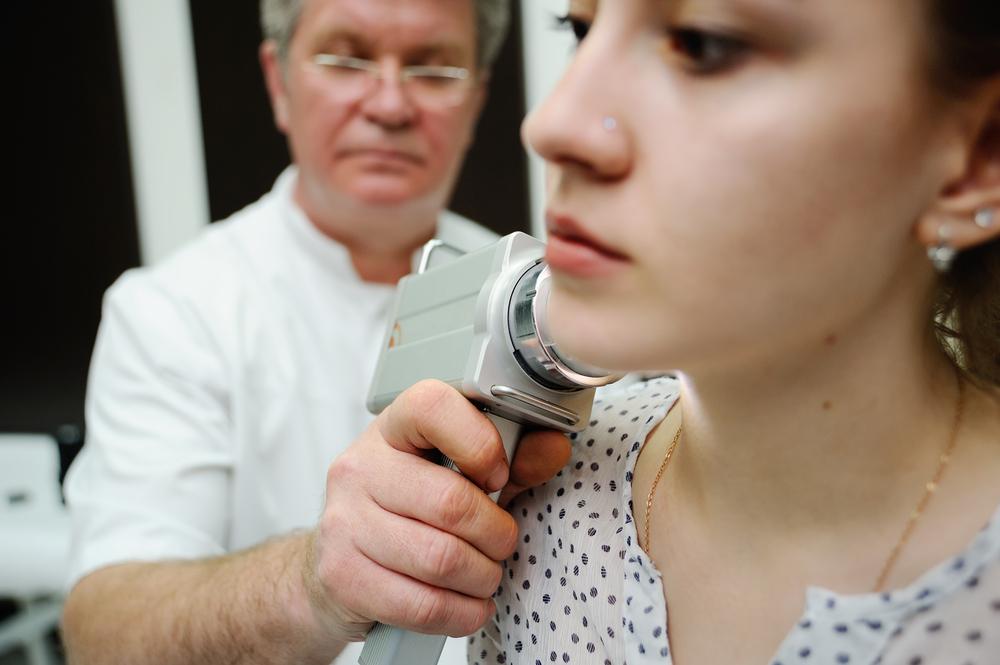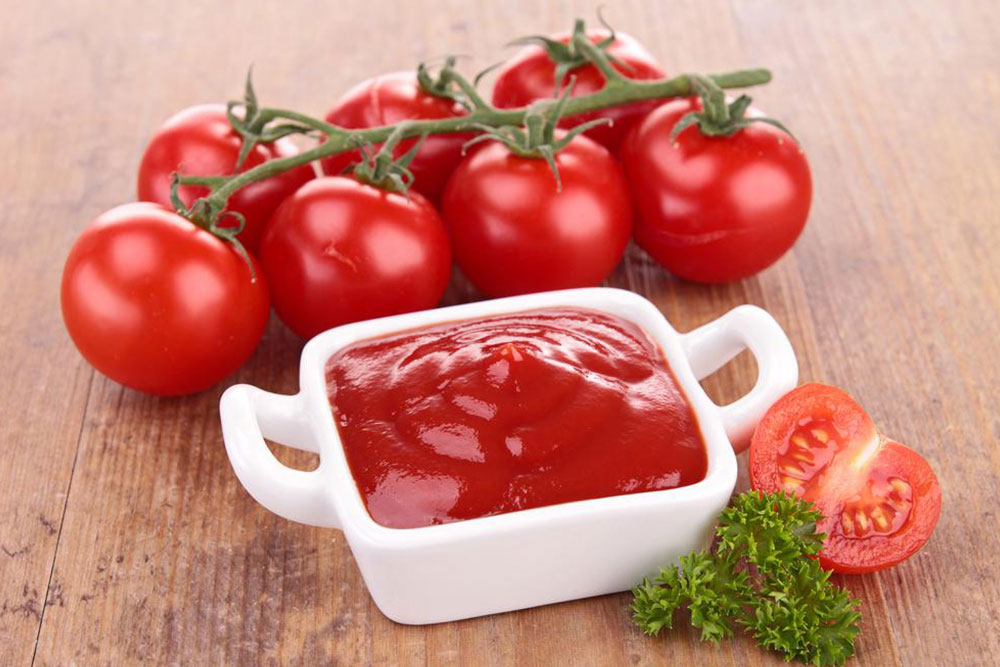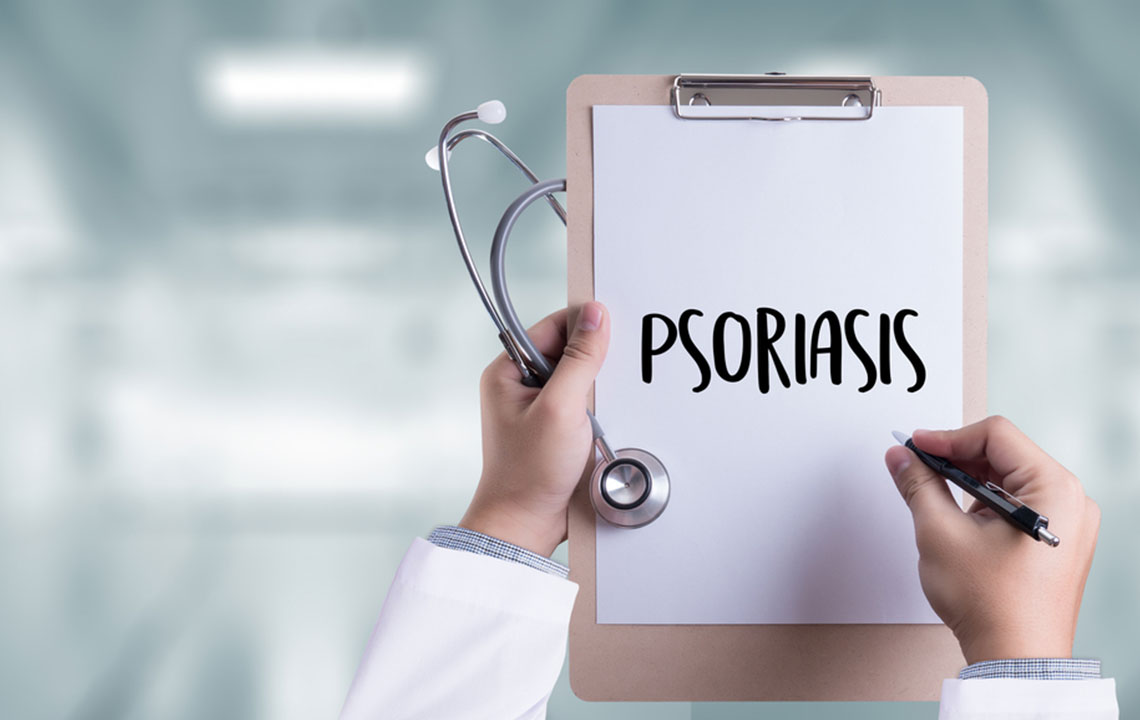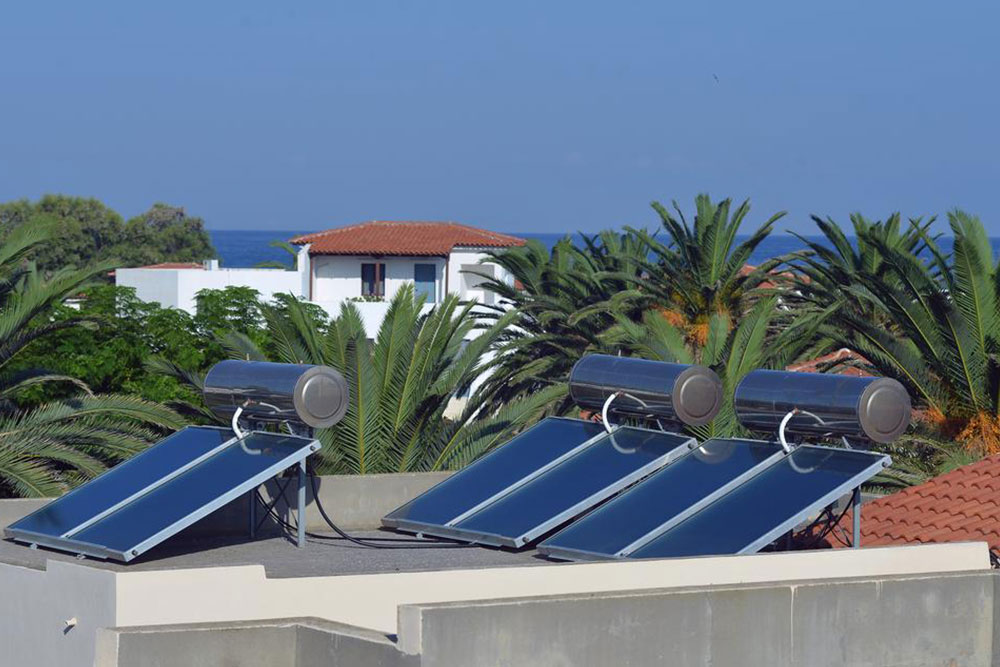Top 6 Factors Increasing Melanoma Risk
This article explores the top six risk factors for melanoma, including skin type, geographic location, skin lesions, immune system health, inherited genetics, and sun exposure habits. Understanding these factors can help in early detection and prevention of this aggressive skin cancer. The piece emphasizes protective measures such as sunblock, protective clothing, and regular skin check-ups to reduce risk, advocating for awareness and proactive healthcare practices.
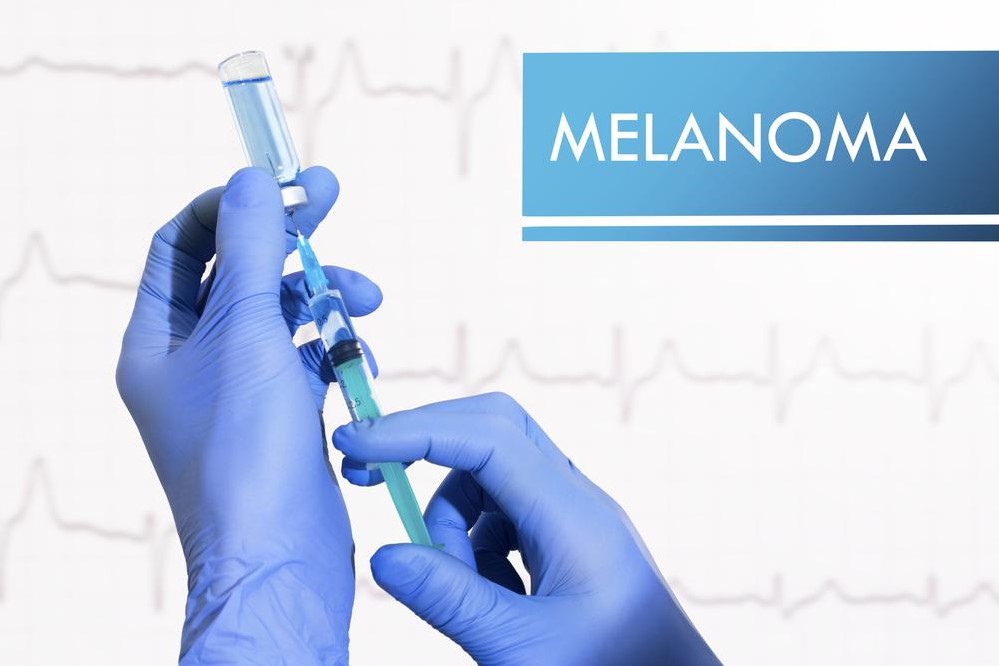
Top 6 Factors Increasing Melanoma Risk
Though melanoma isn't the most common form of skin cancer, it accounts for the majority of skin cancer-related deaths worldwide. According to the American Cancer Society, around 87,000 new cases are diagnosed each year, and the numbers are rising.
Experts identify several key factors that influence an individual’s likelihood of developing melanoma, including…
Skin, hair, and eye pigmentation
People with fair skin, blonde or red hair, and light-colored eyes are more susceptible to sun damage. Less melanin means lower protection against harmful UV rays, increasing melanoma risk.
While those with lighter features should use high-SPF sunscreen, hats, and protective clothing, everyone remains vulnerable to UV radiation and skin damage regardless of pigmentation.
Geographic Location
Countries like Australia and New Zealand experience higher skin cancer rates due to proximity to the equator, exposing their populations to intense UV radiation more frequently.
Unusual Skin Lesions
Having numerous moles can elevate melanoma risk, especially if you have over 50, or if moles are larger than 6mm or exhibit irregular shapes, colors, or textures. Most moles are benign, but vigilant monitoring is essential.
Immune System Suppression
People with weakened immunity—due to diseases such as HIV, radiation therapy, or immune-suppressing medications—are at increased risk of developing melanoma.
Genetic Predisposition
Family history can influence melanoma risk. Mutations like the CDKN2A gene are associated with inherited susceptibility, present in about a quarter of familial cases.
Sun Exposure and Tanning Habits
Frequent tanning, whether through sunlight or artificial UV sources like tanning beds and lamps, significantly raises melanoma risk, as per the Mayo Clinic.

